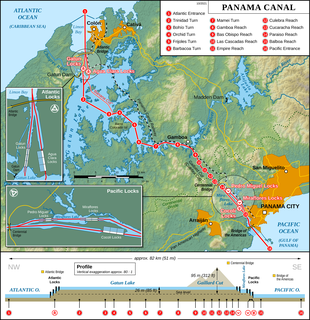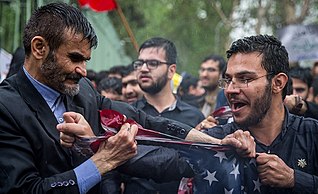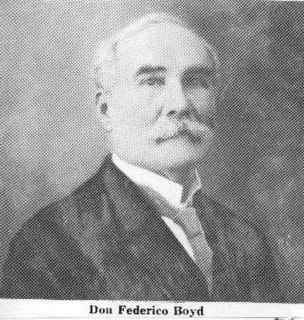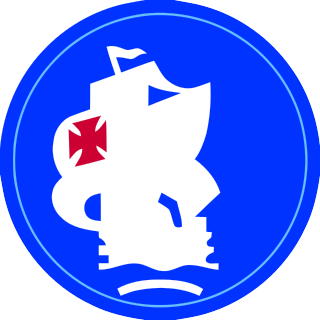This article does not cite any sources .(June 2017) (Learn how and when to remove this template message) |
| Part of a series on the |
| Culture of Panama |
|---|
 |
| History |
| People |
| Languages |
| Cuisine |
| Religion |
| Art |
| Literature |
Music and performing arts |
| Sport |
Monuments |
Symbols |
Panama has been an important media hub, because of its strategic location between North and South America. The largest newspapers in Panama in terms of circulation are La Prensa, Panama America, Critica, and El Siglo, all of which are published in Panama City. Weekly newspapers include the Critica Libre and La Cronica. All of these are published in Spanish, and are also based in Panama City.

Panama, officially the Republic of Panama, is a country in Central America, bordered by Costa Rica to the west, Colombia to the southeast, the Caribbean Sea to the north, and the Pacific Ocean to the south. The capital and largest city is Panama City, whose metropolitan area is home to nearly half the country's 4 million people.

North America is a continent entirely within the Northern Hemisphere and almost all within the Western Hemisphere; it is also considered by some to be a northern subcontinent of the Americas. It is bordered to the north by the Arctic Ocean, to the east by the Atlantic Ocean, to the west and south by the Pacific Ocean, and to the southeast by South America and the Caribbean Sea.

South America is a continent in the Western Hemisphere, mostly in the Southern Hemisphere, with a relatively small portion in the Northern Hemisphere. It may also be considered a subcontinent of the Americas, which is how it is viewed in the Spanish and Portuguese-speaking regions of the Americas. The reference to South America instead of other regions has increased in the last decades due to changing geopolitical dynamics.
Contents
The media of Panama has been highly influenced by that of the United States, since the construction of the Panama Canal. Radio broadcasting in Panama began in 1922, and television broadcasting in 1956. Radio and television broadcasts also reached the Panama Canal Zone because it lay within the vicinity of Panama. A famous military broadcast network, the Southern Command Network (SCN), broadcast in Panama until the United States withdrew from the canal in 1999. The SCN remained on the air for hours during the invasion of Panama by U.S. troops in 1989. Color television in Panama is provided by the NTSC system.

The Panama Canal is an artificial 82 km (51 mi) waterway in Panama that connects the Atlantic Ocean with the Pacific Ocean. The canal cuts across the Isthmus of Panama and is a conduit for maritime trade. Canal locks are at each end to lift ships up to Gatun Lake, an artificial lake created to reduce the amount of excavation work required for the canal, 26 m above sea level, and then lower the ships at the other end. The original locks are 34 m wide. A third, wider lane of locks was constructed between September 2007 and May 2016. The expanded canal began commercial operation on June 26, 2016. The new locks allow transit of larger, post-Panamax ships, capable of handling more cargo.

The Panama Canal Zone was an unincorporated territory of the United States from 1903 to 1979, centered on the Panama Canal and surrounded by the Republic of Panama. The zone consisted of the canal and an area generally extending five miles (8.0 km) on each side of the centerline, excluding Panama City and Colón, which otherwise would have been partly within the limits of the Zone. Its border spanned three of Panama's provinces. When reservoirs were created to assure a steady supply of water for the locks, those lakes were included within the Zone.

NTSC, named after the National Television System Committee, is the analog television color system that was used in North America from 1954 and until digital conversion, was used in most of the Americas ; Myanmar; South Korea; Taiwan; Philippines; Japan; and some Pacific island nations and territories.
The media was under strict control during the regime of the dictators that ruled Panama from 1968 to 1989, including Manuel Noriega. The newsletter La Prensa was formed in 1981 to oppose his rule. The media of Panama was very anti-American following Noriega's overthrow, and highly influenced the 1994 presidential election.[ citation needed ]

Manuel Antonio Noriega Moreno was a Panamanian politician and military officer who was the de facto ruler of Panama from 1983 to 1989. He had longstanding ties to United States intelligence agencies; however, he was removed from power by the U.S. invasion of Panama.

Anti-Americanism is a sentiment that espouses a dislike of or opposition to the American government or its policies, especially in regards to its foreign policy, or to Americans in general.
Panama's official broadcaster is National Television of Panama, which was founded in 1961. NTP started Panama's first color television service in 1972.
Freedom of the press is guaranteed in Panama, as is the case in most other countries in the Western Hemisphere.
Freedom of the press or freedom of the media is the principle that communication and expression through various media, including printed and electronic media, especially published materials, should be considered a right to be exercised freely. Such freedom implies the absence of interference from an overreaching state; its preservation may be sought through constitutional or other legal protections.














